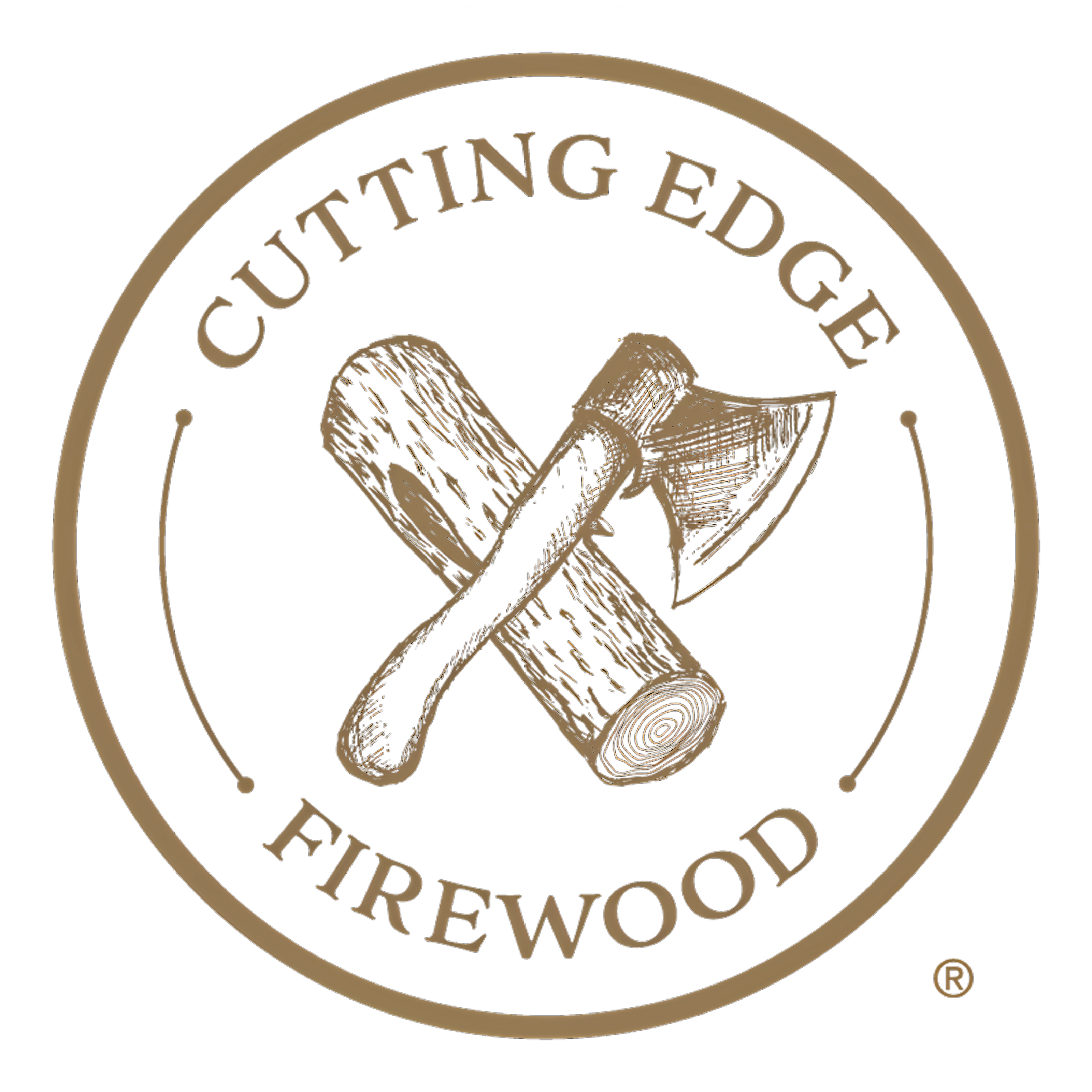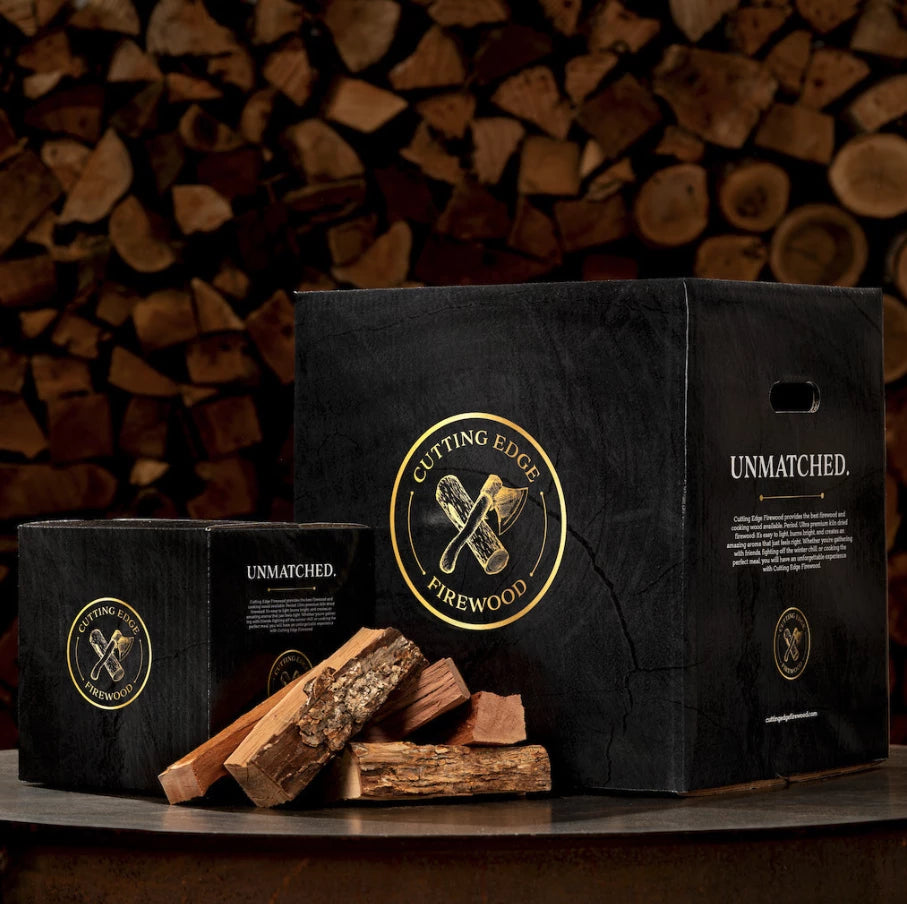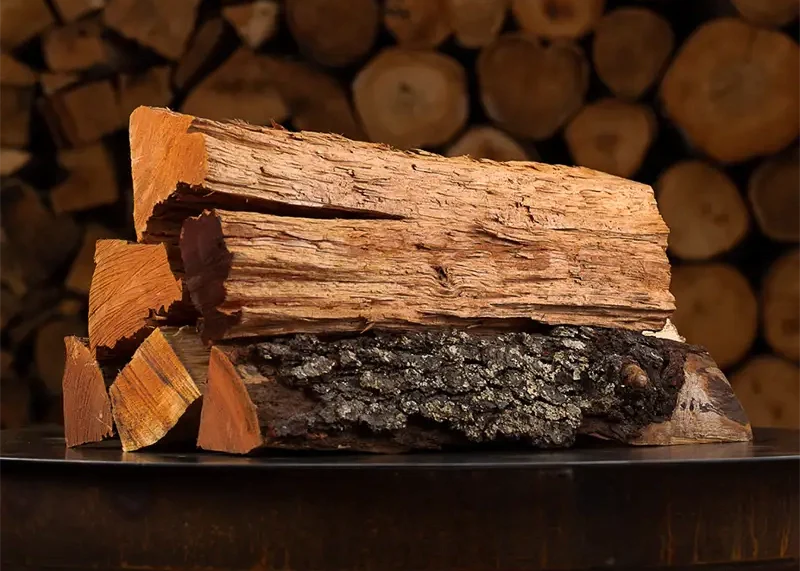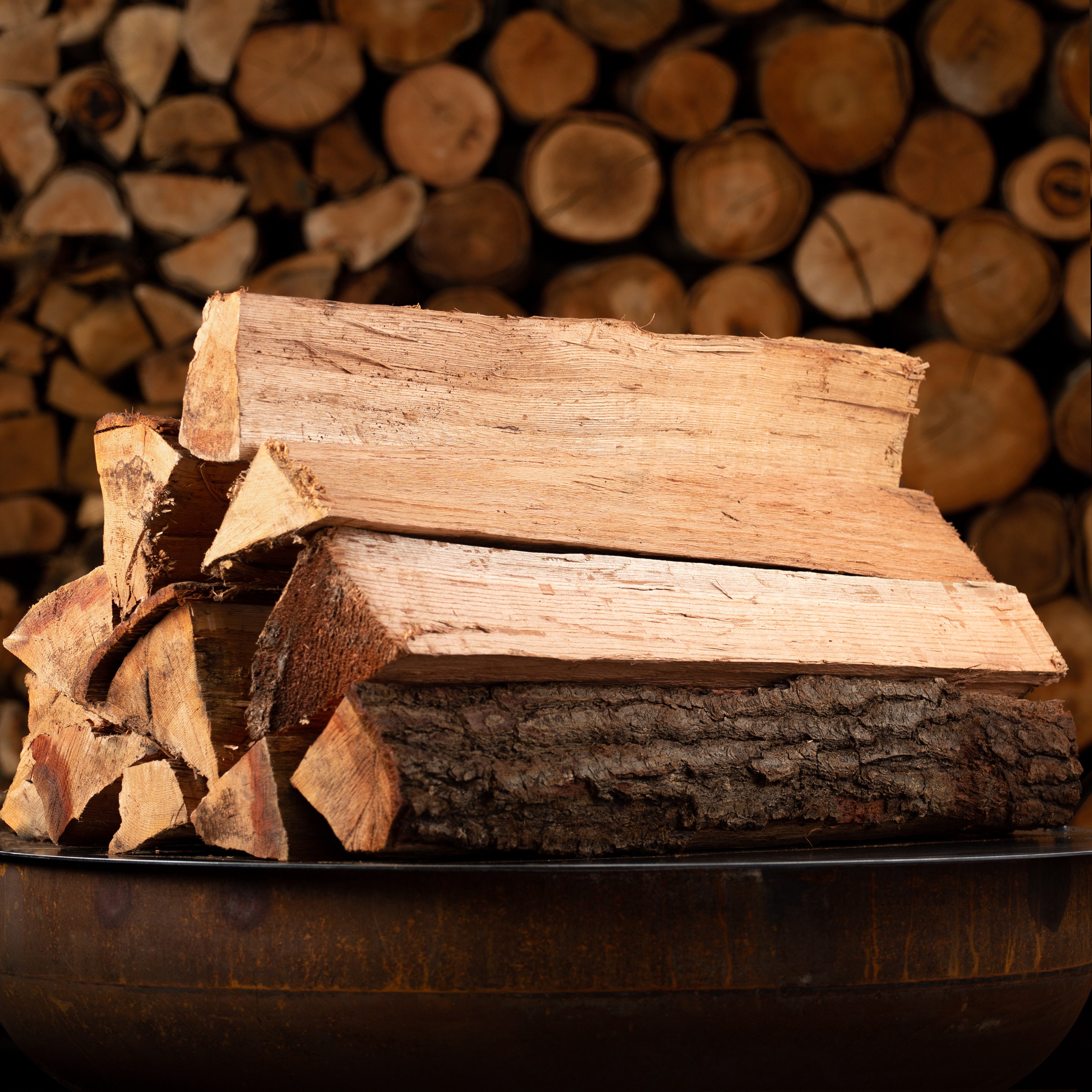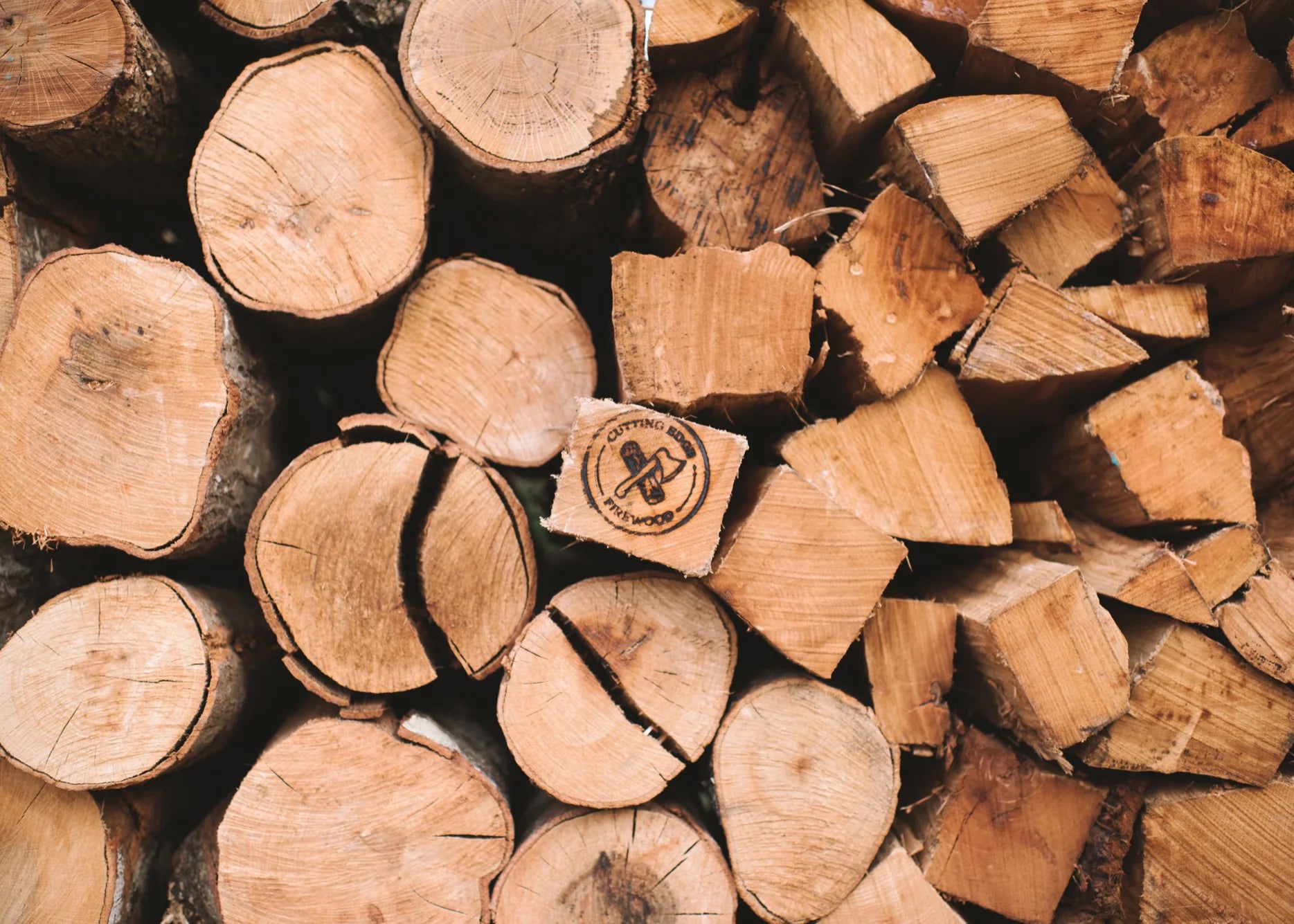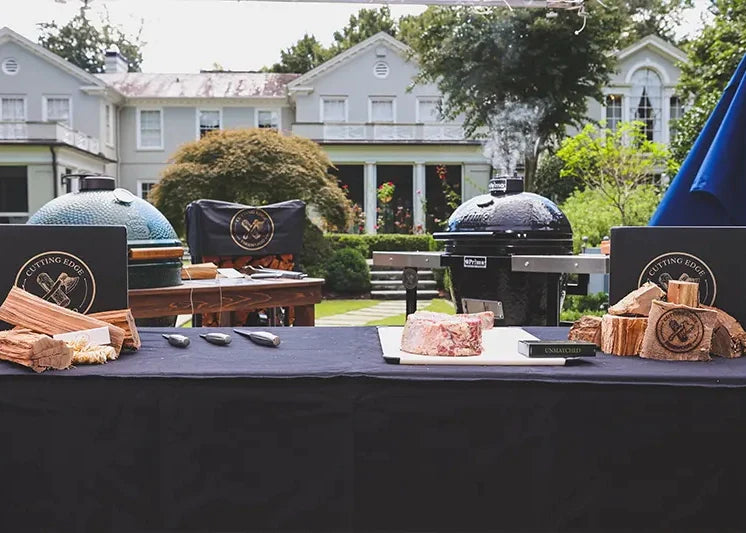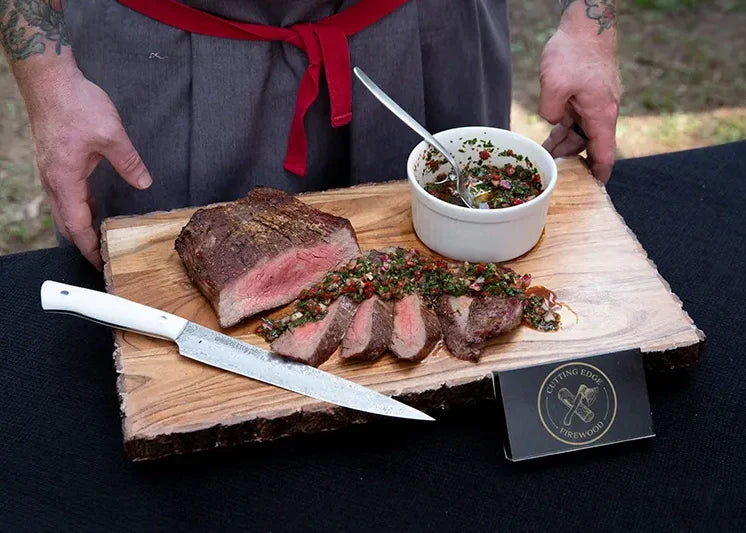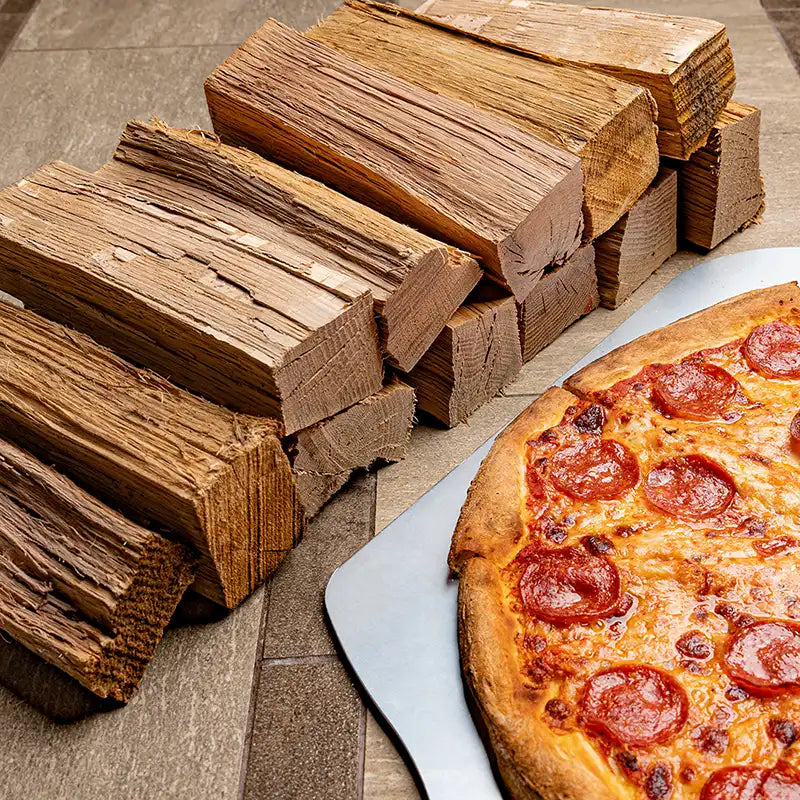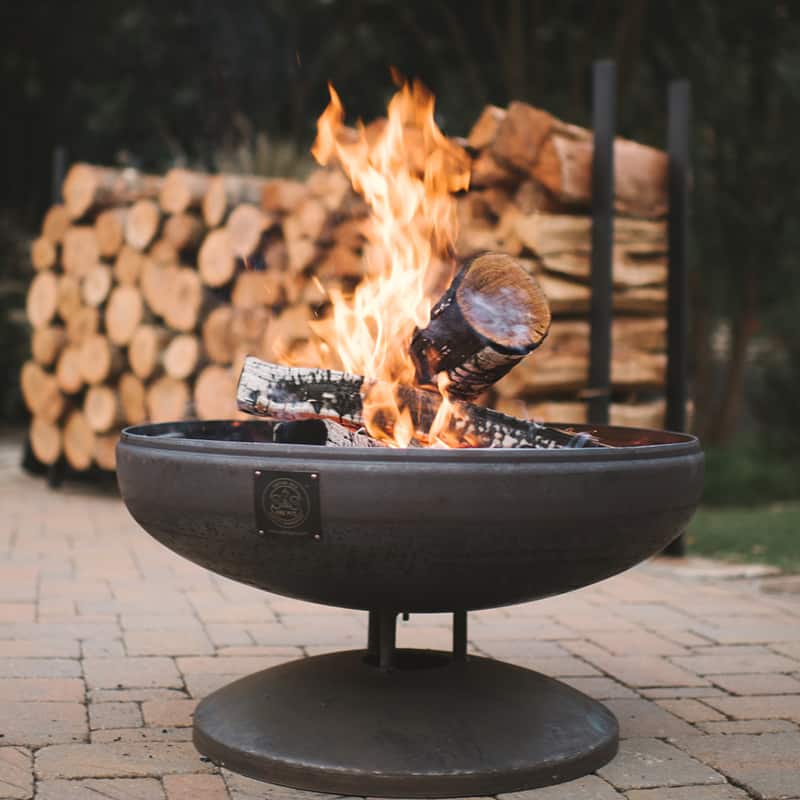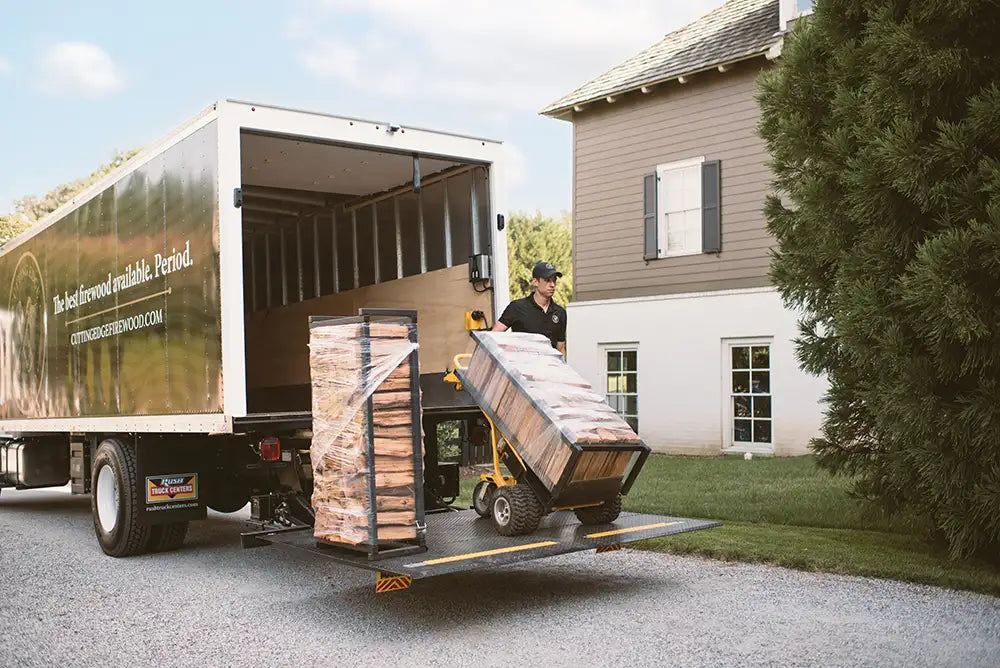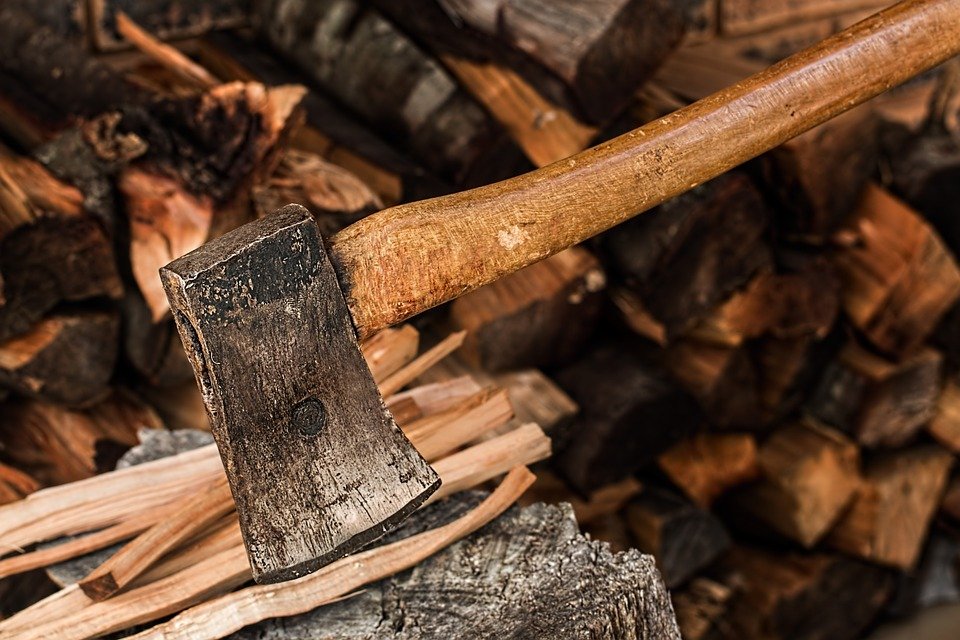When using your fireplace this winter, it's important to use the right type of firewood. Just because a piece of wood burns when lit doesn't necessarily mean that it's safe to use in your fireplace. For the cleanest and warmest fires, steer clear of the nine following types of wood.
#1) Softwood
Because of its high resin content, you shouldn't burn softwood in your fireplace. Trees are classified as either softwood or hardwood, depending on their method of reproduction. Softwood trees reproduce by dropping cones, and are evergreen. Hardwood trees, on the other hand, tend to lose their leaves each year and reproduce by dropping seeds. While different species of softwood have different characteristics, they typically have more resin than hardwood trees. As a result, burning softwood will result in the production of dark, thick smoke that pollutes your home and clogs your chimney.
#2) Wet Wood
In addition to softwood, you should avoid burning wet wood in your fireplace. If a piece of wood is wet, it won't burn efficiently. The high moisture content inhibits the wood's combustion process, meaning less of the wood is converted into clean heat. When wet wood is burned, it will release unburned particulate matter into the air. It may produce some heat, but its performance pales in comparison to that of dry wood. Keep in mind, all wood contains at least some moisture. If a piece of wood has an exceptionally high moisture content, though, you should avoid burning it in your fireplace.
Moisture in the wood can also contribute to dangerous creosote build-up. This provides a poor burning experience overtime and can lead to large combustions.

#3) Rotten Wood
Lots of people burn seasoned firewood in their fireplace, but unfortunately, seasoned wood is really the same thing as rotting wood. If a piece of wood is rotted, don't burn it in your fireplace. Rotten wood is less dense than solid, unrotten wood. And with a lower density, it won't produce as much heat when burned. Furthermore, rotting typically occurs from exposure to water or moisture. When wood becomes saturated with water, it begins to decompose -- a process known as rotting. Over time, the rotten wood will eventually degrade into nothing. So, if you discover a piece of wood is rotten, it probably has a high moisture content.
Whether it's hardwood or softwood, you shouldn't use rotten wood as a source of fuel for your fireplace. Its low density and high moisture content make it a poor choice of firewood compared to other, higher-quality types of firewood. If you discover rotten wood, either toss it in the trash or place it outside to decompose naturally. Regardless, don't burn it in your fireplace.
#4) Moldy Wood
Moldy wood should also be avoided when building fires in your fireplace. Mold fungi is found virtually everywhere, including both indoor and outdoor environments. While there are different types of mold, they all require four basic things to thrive: food, moisture, heat and oxygen. Unfortunately, wood is the perfect source of food for mold fungi. When mold spores land on a piece of wood, they may begin to feast on it, especially if the wood is wet.
Choosing dry hardwood firewood can prevent mold growth, but for other types of firewood, there's the potential for mold. And while a small patch of green- or yellow-covered mold may look harmless, burning it will release airborne pollutants that fills your home. Therefore, you shouldn't burn moldy wood in your fireplace.
#5) Pressure-Treated Wood
Never burn pressure-treated wood in your fireplace. What is pressure-treated wood exactly? The term "pressure treated" refers to a preservation method in which wood is treated with one or more preservative chemicals under high pressure. It's designed to infuse the chemicals into the wood rather than simply applying the chemicals on the surface of the wood. While the chemicals used for pressure treating are highly effective at protecting against mold, insects and decay, they are typically toxic to humans.

Up until the early 2000s, for example, chromated copper arsenate (CCA) was the most common chemical used for pressure treating. Even today, though, most of the chemicals used for this wood-preservation method are toxic to humans. If you burn pressure-treated wood in your fireplace, these chemicals will be released into the same air that you and your family breathe.
#6) Driftwood
What's wrong with burning driftwood in your fireplace? Assuming it came from the ocean, it will probably contain a lot of chlorine. Chlorine itself is a compound of sodium chloride (NaCl), which is more commonly known as salt. When wood floats around in the ocean, it will absorb saltwater and, therefore, chlorine. If you burn driftwood in your fireplace, the chlorine will be converted into toxic chemicals, some of which have been known to cause cancer. Driftwood can produce a dazzling array of colors when burned, but these bright colors are the result of toxic chemicals being released.
Don't assume that freshwater driftwood is safe to burn in your fireplace either. While it may not contain chlorine, it will likely have a high moisture content that prevents it from burning efficiently. After all, it's not uncommon for driftwood to float for months or even years on end. During this time, it will absorb moisture, making it a poor choice of fuel for your wood-burning fireplace.
#7) Green Wood
Finally, don't burn green wood in your fireplace. Green wood isn't literally green. Rather, it's any type of wood that was recently harvested. High-quality firewood must be processed after being harvested. Otherwise, it will contain too much moisture to burn efficiently. Wood that isn't processed is known as green or fresh wood.
Burning green wood may sound harmless, but it can clog your chimney with creosote. Creosote is a thick tar-like substance that's created from the unburned organic matter, including wood. When you burn green wood, it will release creosote-filled smoke that rises into your chimney. Over time, some of this creosote will stick to the interior walls of your chimney, thereby restricting airflow into and out of your fireplace. And because creosote is highly flammable, this creates a major safety hazard for you and your family. Statistics show over 25,000 chimney fires occur each year in the United States. While chimney fires occur for different reasons, creosote buildup is a major contributing factor in many of these cases.
Why You Should Burn Kiln Dried Firewood in Your Fireplace
For the cleanest and warmest fires, stick with kiln dried firewood when using your fireplace this winter. Kiln dried firewood offers a superior level of performance compared to all other types of firewood. It's harvested from select species of hardwood trees, and most importantly, it's processed in a drying kiln. When placed inside a drying kiln, the firewood is exposed to heat and pressure that lowers its moisture content.
Kiln dried firewood has very little moisture. While green wood often has a moisture content of 50% or more, the moisture content of kiln dried firewood from Cutting Edge is around 5%. Because of its low moisture content, kiln dried firewood produces more heat and less smoke than other types of firewood. At the same time, it's naturally protected from pests and mold, making it the ideal source of fuel for your wood-burning fireplace.
Stock up on premium kiln dried firewood by visiting our online store today. We offer a variety of kiln dried firewood, including oak, hickory and more, that will help you build clean fires in your fireplace. Just remember to avoid burning the seven types of wood mentioned here.
